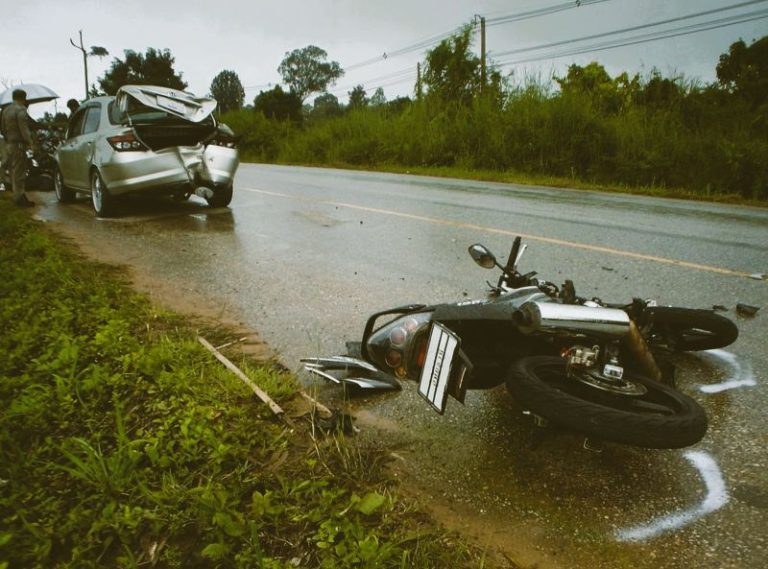

Nestled amidst its urban sprawl, Dallas boasts pockets of natural beauty, from tranquil parks to scenic riversides, offering respite amid the bustling cityscape. Within its natural beauty, Head-on collisions stand as one of the most harrowing and potentially lethal forms of car accidents. The sheer force of impact unleashed when two vehicles collide head-on often leads to grave injuries or even fatalities. In the aftermath of such catastrophic events, establishing fault becomes paramount for insurance claims and possible legal actions. Understanding how fault is discerned in head-on collisions is indispensable for all parties involved. Seeking guidance from a Dallas car accident lawyer can provide invaluable support in navigating the complexities of fault determination and ensuring your rights are protected throughout the legal process.
Crucial Factors in Fault Determination
Determining fault in head-on collisions entails meticulously examining various factors, each contributing to unraveling the sequence of events culminating in the accident. A holistic grasp of these factors is pivotal as they collectively weave a detailed narrative surrounding the collision.
Adherence to Traffic Laws and Regulations
Central to fault determination is assessing compliance with traffic laws and regulations preceding the accident. Violations such as speeding, failure to yield, running red lights, or executing illegal turns weigh significantly in assigning fault. Upholding traffic laws is fundamental to fostering safe road conduct and averting accidents, rendering any breaches pivotal in fault attribution.
Significance of Eyewitness Accounts and Testimonies
Eyewitnesses emerge as critical players in reconstructing the prelude to a head-on collision, offering invaluable insights into the actions and demeanor of the involved drivers. Their testimonies unveil nuanced details often overlooked by other forms of evidence, imparting clarity amid the turmoil of the accident scene. Furthermore, the diversity of perspectives from diverse witnesses corroborates or refutes the drivers’ accounts, enhancing the reliability of the investigative process.
Role of Police Reports and Investigation Findings
Law enforcement’s involvement post-accident entails meticulous documentation of crucial details, such as road and weather conditions, alongside statements from drivers and witnesses. These reports are invaluable evidence in fault and liability determination, furnishing a comprehensive panorama of the accident’s circumstances. Additionally, police investigations frequently unveil pivotal information initially concealed, shedding light on latent factors contributing to the collision.
Utilizing Physical Evidence and Accident Reconstruction
Physical evidence strewn across the accident site – from skid marks to vehicle damage and debris patterns – offers vital clues regarding the collision’s mechanics. Experts in accident reconstruction leverage this evidence to piece together the events preceding the accident meticulously, facilitating fault determination with scientific precision. Their exhaustive analysis, delving into every minutia from vehicle trajectories to debris dispersion, furnishes invaluable insights into the collision’s dynamics.
Scrutiny of Driver Behavior and Actions
A critical facet of fault determination entails scrutinizing the conduct of each driver leading up to the collision. Factors such as distracted driving, reckless maneuvers, impaired judgment due to substances, or driver fatigue feature prominently in this assessment. Evaluating drivers’ actions unveils patterns of negligence or misconduct that could have precipitated the collision, enabling a more accurate allocation of fault.
Assessing Vehicle Conditions and Mechanical Issues
Mechanical failures or defects in the involved vehicles merit scrutiny as potential contributors to fault. Issues like brake failure, tire blowouts, or steering malfunctions underscore the significance of routine vehicle maintenance and inspection. Investigating the mechanical state of the vehicles offers insights into potential contributing factors, enriching the understanding of fault and liability.
Detecting fault in head-on collisions mandates a comprehensive evaluation. Understanding the intricacies of fault determination empowers individuals to safeguard their rights and pursue equitable compensation for incurred injuries and damages. Seeking legal counsel from adept professionals, such as a Dallas car accident lawyer, streamlines the process, heightening the likelihood of a favorable resolution. With the assistance of a proficient lawyer experienced in car accident cases, you can receive indispensable support and representation during legal procedures. Their expertise enables you to navigate the intricate process of fault determination with assurance and pursue the rightful compensation you merit.


